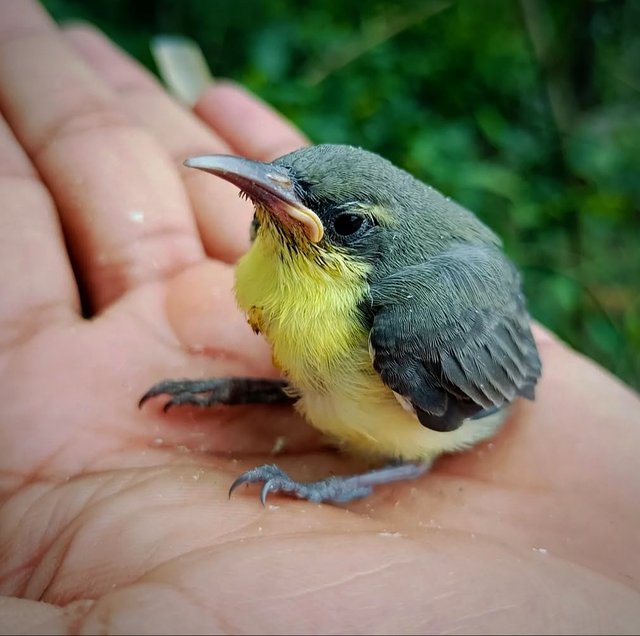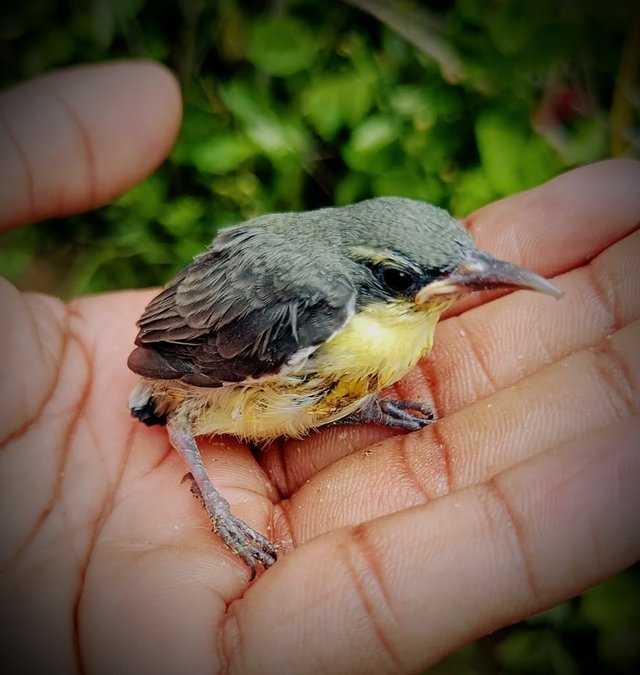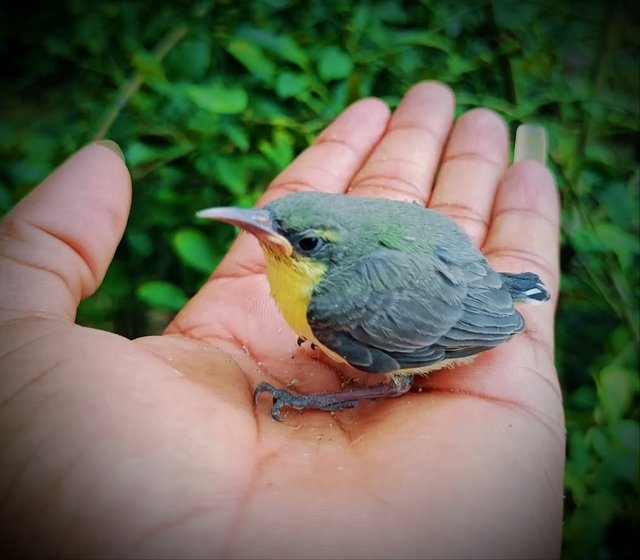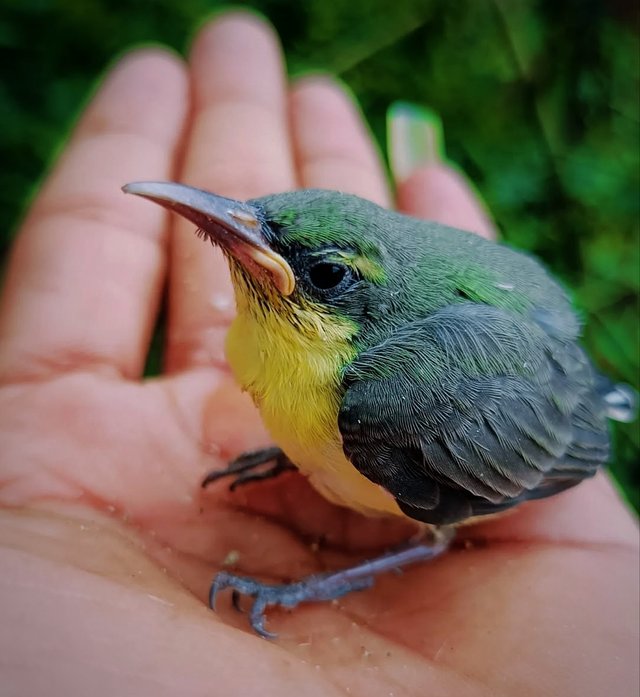So Cute Garden Sunbird
Garden Sunbird: A Jewel of African Gardens
The Garden Sunbird, also known as the Olive Sunbird, is a dazzling little songbird that brings life and color to gardens, forest edges, and woodland areas across sub-Saharan Africa. Known for its shimmering plumage and its role as a vital pollinator, this bird is a favorite among birdwatchers and nature enthusiasts. Its presence often signals a healthy, vibrant ecosystem.
Appearance and Identification
Garden sunbirds are small, slender birds, measuring about 12–14 cm in length. Males and females are similar in plumage, which is unusual among sunbirds—many of which exhibit strong sexual dimorphism. They are primarily olive-green above, with a duller underbelly that helps them blend seamlessly with foliage. Their slightly down-curved bills are adapted for sipping nectar, while their strong legs and claws allow them to cling to flower stalks or branches. Though they may not be as brilliantly colored as some other sunbirds, their subtle green hues and active behavior make them captivating to observe.
Habitat and Distribution
The Garden Sunbird is widespread across tropical and subtropical Africa, from West Africa’s Guinea forests to the eastern coastal regions of Kenya, Tanzania, and down into South Africa. True to their name, these birds are frequently found in gardens, parks, and plantations, especially in areas where native flowering plants or nectar-rich ornamentals are abundant. They are equally at home in forest clearings, secondary growth, and mangroves, making them adaptable to a variety of habitats.
Behavior and Feeding Habits
Active and energetic, Garden Sunbirds are constantly on the move, flitting between blossoms in search of nectar. Their long, tubular tongues and specialized bills allow them to access deep flowers that many other birds cannot. While nectar forms the bulk of their diet, they also consume insects and spiders, especially during the breeding season when protein is crucial for growing chicks. Their insect-eating habit helps control pest populations, making them beneficial residents of cultivated areas.
Sunbirds are key pollinators: as they feed, pollen sticks to their heads and bills, which they carry to the next flower, aiding in plant reproduction. In many African gardens, their visits ensure the successful pollination of both wild and ornamental plants.




